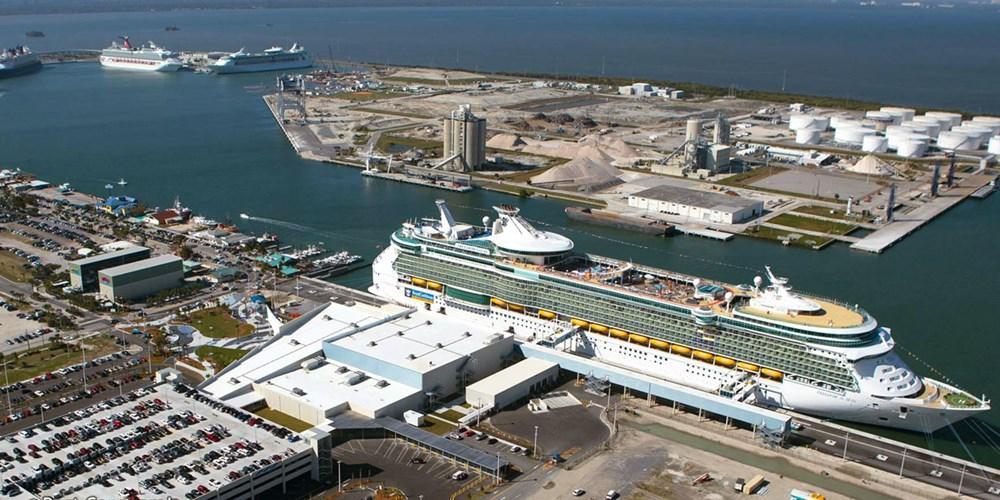Waterside construction at the new state-of-the-art Cruise Terminal 3 of Port Canaveral is currently underway. A new 1,309-foot-long berth is due to take shape via the first steel's arrival for the bulkhead wall.
The 545-foot multi-purpose US-flagged vessel Intermarine LLC Ocean Globe arrived at the port to discharge 261 steel pipes ranging in length between 110.5-126 feet.
The 36-inch diameter pipe piles are due to be part of A-frame structure under construction at the berth which will anchor to the waterfront bulkhead wall.
The new berth's waterside construction got underway in September, starting with the demolition of the existing pier structures and installation of protective barriers in order to prevent erosion resulting from wake and wave action generated by ships transiting the main channel of the port.

In a first for Port Canaveral, a lightweight aggregate is to be used in building as backfill to reduce berth's long-term settlement. As a result, it reduces the load on the bulkhead wall, thus allowing a reduction in the size of steel and decreasing construction costs.
The completed CT-3 cruise terminal, related landside structures, as well as roadway improvements will be the largest single capital project of the port in its 65-year history. The US$150 million project is due to be completed in time for the arrival of Carnival’s as-yet-unnamed “XL Class” vessel in June 2020.
The marine works is scheduled to be completed by the end of November 2019. A pair of passenger boarding bridges for the cruise terminal are currently in the design and build process. Terminal and parking garage construction is due to start in January 2019 and to be completed in April 2020.
The new cruise terminal is being constructed on the site of the old Cruise Terminal 3, that was demolished earlier in 2018. The terminal will boast a futuristic design inspired by Kennedy Space Center, situated nearby. Its planned technological features include integrated mobile passenger check-in and modernized systems to facilitate US Customs and Border Protection screenings of passengers.